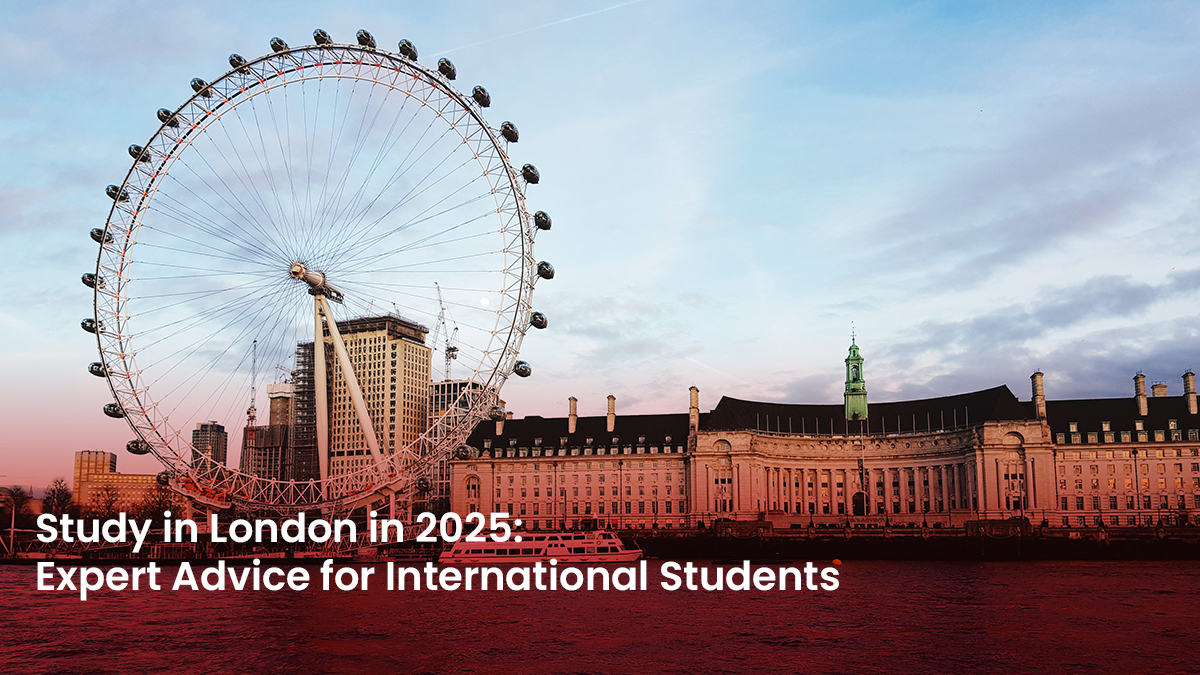In 2019-2020, the number of international students in Russia amounted to more than 300,000. As more and more students are going to Russia to pursue higher education, the more important it is to provide accessible information about the country.
As an international student and visitor to Russia, part of your preparation should include learning about Russia’s money.
This includes learning about its currency, banking, and other finance-related processes and concepts.
Here’s a quick guide to banking and money when you study in Russia.
Russia’s Currency
The official currency in Russia is the ruble (also spelled as rouble), which can be written as RUB or with this symbol: ₽.
Rubles come in both notes and coins. Ruble notes come in seven denominations: 50, 100, 200, 500, 1000, 2000, and 5000. Ruble coins come in four denominations: 1, 2, 5, and 10.
One ruble is equivalent to 100 kopeks (kopecks). Kopecks are slowly dying, however, or are rarely being used because they are almost useless and too small. For comparison, a hundred kopeck now is equivalent to only US$0.014.
Money and Banking in Russia
What You Should Do When Going Out
A bit of useful advice to many international students in Russia: always have access to money in its different forms. This means you should have cash and a credit card for emergency purposes.
When it comes to credit cards, Visa is widely used in the country. When it comes to your ATM or Visa/MC debit card, most ATMs in Russia accept cards with Cirrus or Plus logos.
Also, remember to bring only the right amount of money you need when doing transactions or when you are traveling. If you visit the countryside, it would be more advisable to have cash with you, as there are fewer establishments that might accept credit or debit cards there.
Tipping Culture in Russia
Tipping is accepted in Russia, although it is not required.
The rule of thumb is to give a tip when you feel satisfied with the service. If not, you will not get reprimanded or shamed for withholding a tip.
In case you do want to tip, here are more things to remember.
In restaurants, if there’s a service charge on top of your bill, there’s no need to give any more tips. However, if there’s none, you can tip waiters 5–15% of your check.
If you ride a taxi, it would be acceptable to give your driver a 5–10% tip, especially if you’re paying with cash and not through a mobile application.
If you went to a barbershop or a salon and enjoyed the service, you can tip any staff, such as the hairdresser, beautician, or manicurist.
It may take you a bit of time to be familiar with banking and money in Russia. However, once you get used to it, going around, traveling, and doing bank transactions will be much easier.
Learn more about Russia as a study destination by reading our articles at MSM Unify. Here, you can learn tips and gain more information to make your life in Russia easy and enjoyable.












